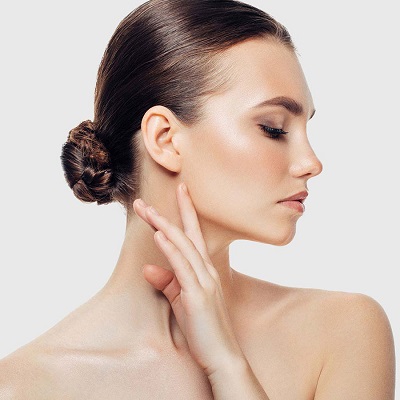Introduction
Undergoing rhinoplasty is a significant step in achieving your aesthetic goals or improving nasal function. However, the recovery period is crucial for ensuring optimal results. Proper post-Rhinoplasty skincare plays a vital role in minimizing complications and enhancing the final outcome. This article provides a comprehensive guide on how to care for your nose after surgery, focusing on essential skincare routines, do’s and don’ts, and tips for a smooth recovery.
Understanding Rhinoplasty Recovery
Rhinoplasty, or nose surgery, involves reshaping the nasal structure for cosmetic or functional improvements. The recovery process varies from person to person but generally involves swelling, bruising, and tenderness in the initial weeks. Skincare during this time is essential to promote healing, reduce inflammation, and achieve the best possible results.
Immediate Post-Operative Care
Protecting the Surgical Site
- Keep the Area Dry: Avoid getting your nose wet in the first few days post-surgery. This includes refraining from washing your face or taking showers that involve direct water contact with the nose. Use a damp cloth to gently cleanse the surrounding areas.
- Follow Your Surgeon’s Instructions: Adhere to any specific guidelines provided by your surgeon, including the use of prescribed ointments or creams.
- Avoid Applying Pressure: Refrain from touching, rubbing, or applying pressure to the nose to prevent disrupting the healing process.
Managing Swelling and Bruising
- Apply Cold Compresses: Use cold compresses or ice packs wrapped in a cloth to reduce swelling and bruising. Apply them to the areas around your nose and eyes for 15-20 minutes several times a day during the first 48 hours.
- Elevate Your Head: Keep your head elevated, especially while sleeping, to minimize swelling. Using extra pillows can help maintain an elevated position.
Long-Term Skincare Tips
Cleansing and Moisturizing
- Gentle Cleansing: After the initial few days, you can begin to gently cleanse your face with a mild, non-irritating cleanser. Avoid vigorous scrubbing or using harsh products.
- Hydrate the Skin: Moisturize the skin around your nose with a gentle, non-comedogenic moisturizer. This helps keep the skin hydrated and supports the healing process.
Sun Protection
- Avoid Direct Sunlight: Protect your nose from direct sunlight, as UV exposure can cause pigmentation changes and increase the risk of scarring. Use a broad-spectrum sunscreen with an SPF of 30 or higher, and wear a wide-brimmed hat when outdoors.
- Use Sunscreen: Apply sunscreen daily, even on cloudy days, to protect the healing skin from sun damage.
Avoiding Certain Activities
- No Heavy Exercise: Avoid strenuous activities and exercise that could increase blood flow to the nasal area or cause excessive sweating. Follow your surgeon’s advice on when it is safe to resume physical activities.
- Avoid Smoking and Alcohol: Smoking and alcohol can hinder the healing process and increase the risk of complications. Refrain from smoking and limit alcohol consumption during your recovery period.
Recognizing Complications
While most rhinoplasty recoveries are straightforward, it is essential to be aware of signs that may indicate complications. Contact your surgeon if you experience:
- Severe or persistent pain
- Excessive bleeding
- Unusual or persistent swelling
- Signs of infection, such as redness or discharge
Conclusion
Proper skincare following rhinoplasty is essential for a smooth recovery and achieving the best results. By adhering to the guidelines for immediate post-operative care, practicing gentle long-term skincare, and avoiding activities that could disrupt healing, you can enhance the outcome of your surgery. Remember to follow your surgeon’s specific instructions and seek their guidance if you have any concerns during your recovery. With careful attention to skincare and patience, you’ll be on your way to enjoying your enhanced appearance and improved nasal function.





Comments